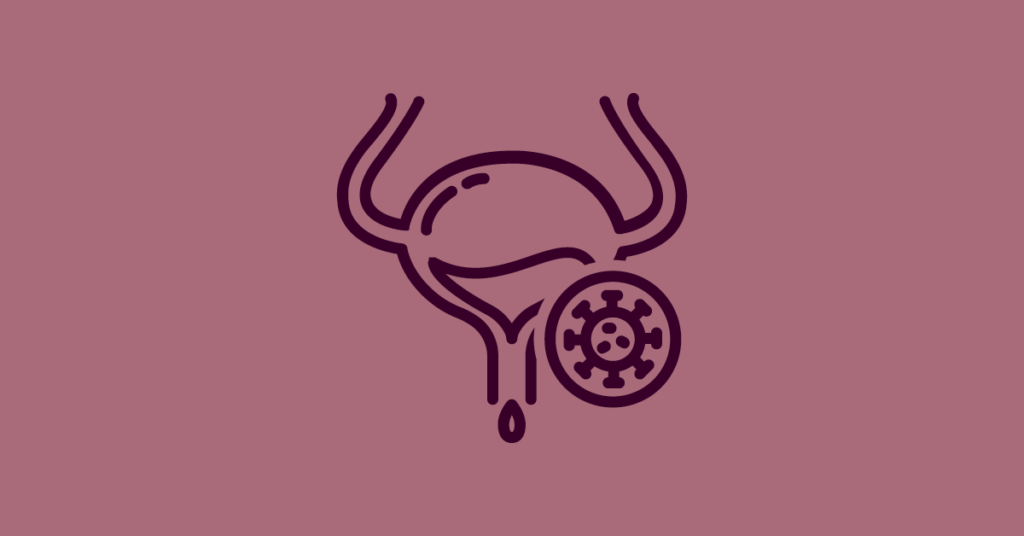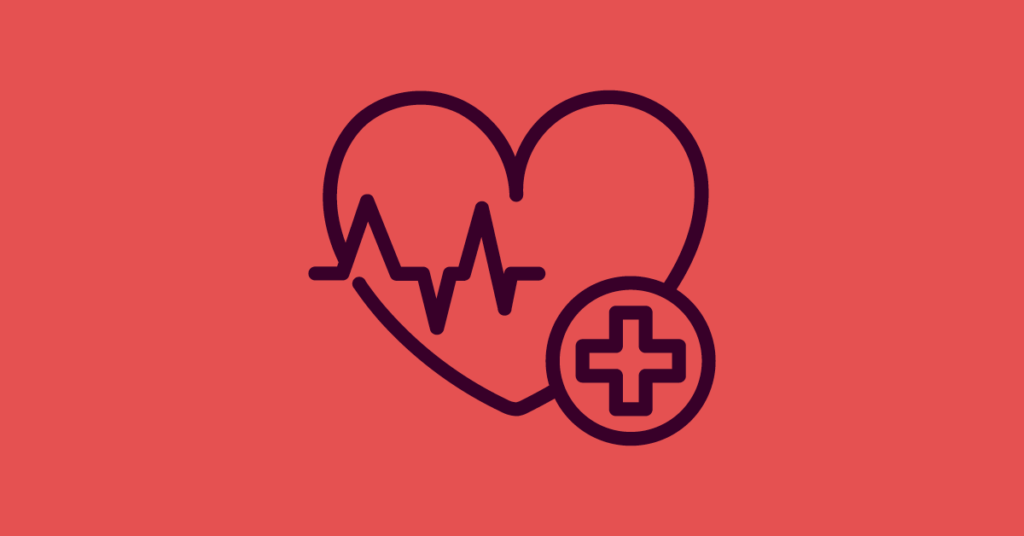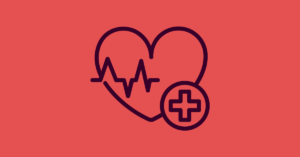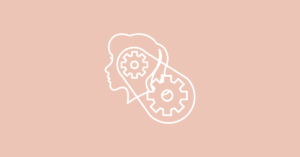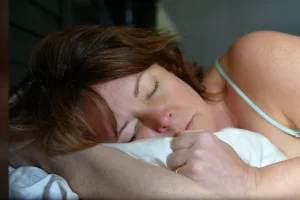Snapshot
Triggered by changes in the body’s thermostat, influenced by fluctuating estrogen levels.
Hot flashes, experienced by up to 80% of menopausal women, are sudden waves of heat caused by hormonal changes; while they can be disruptive, various strategies from lifestyle adjustments to medical treatments can help manage their impact on daily life.
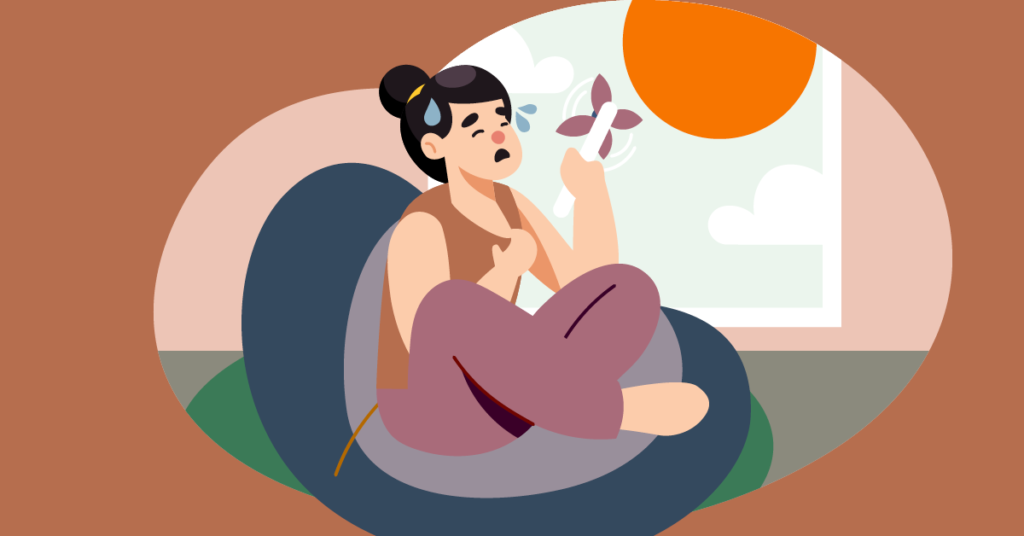
Understanding and navigating your inner heatwave
You’re going about your day, minding your own business, when suddenly you feel as if someone’s turned up the heat. Your face, neck, and chest feel incredibly warm, your skin flushes, and you might even start sweating or experience heart palpitations. Sound familiar?
These sudden, brief sensations of heat can feel overwhelming and leave you wondering if your internal thermostat has gone haywire.
Why does this happen?
Hot flashes occur because of hormonal changes, specifically the decline in estrogen levels. Estrogen helps regulate the hypothalamus, the part of the brain responsible for controlling body temperature. When estrogen levels drop during menopause, the hypothalamus can become more sensitive, triggering what feels like an “overreaction” to body heat. As a result, the body tries to cool down rapidly, which causes the sweating and flushing.
Research tells us...
The science behind hot flashes links them closely to the hormonal shifts of menopause, especially the drop in estrogen. Recent studies provide more detailed insights:
Prevalence: Up to 80% of women experience hot flashes during the menopausal transition.
Duration: Research tells us that median duration of hot flashes is 7.4 years, with some women experiencing them for more than a decade.
Racial differences: The same study also found that African American women tend to experience hot flashes for longer periods, with a median duration of 10.1 years.
Impact on quality of life: As many of us have experienced, hot flashes significantly impact women’s quality of life, affecting sleep, mood, cognitive function and as a result impact daily activities such as work.
Risk factors: Research has highlighted several risk factors for more severe or frequent hot flashes, including obesity, smoking, and high stress levels.
What to expect during the stages of menopause
Hot flashes can occur during different stages of menopause:
Perimenopause: This is the time leading up to menopause when hormone levels start to fluctuate. Hot flashes may begin during this stage, which can last for several years.
Menopause: Defined as the point when a woman has gone 12 consecutive months without a menstrual period. Hot flashes are often most intense during this time.
Postmenopause: The years following menopause. While hot flashes typically become less frequent and intense, some women continue to experience them for years.
Managing hot flashes
Lifestyle changes
- Dress in layers to easily adjust to temperature changes
- Try to keep a fan or keep cool water nearby
- Practice relaxation techniques like deep breathing or meditation
- Maintain a healthy weight and exercise regularly
- Smoking can increase the frequency and severity of hot flashes. If you’re looking for one more reason to quit, this could be it.
Dietary adjustments
- Reduce intake of caffeine, alcohol, and spicy foods
- Stay hydrated by drinking plenty of water
- Some women find relief by consuming soy products, though research on this is mixed.
Medical treatments (always consult with your healthcare provider on what may be suitable to your symptoms and health history)
- Hormone Replacement Therapy (HRT): Can be effective but comes with potential risks. Discuss with your doctor.
- Non-hormonal medications: Certain antidepressants, gabapentin, or clonidine may help and individual suitability and usage should be discussed with your healthcare provider.
- Cognitive Behavioral Therapy (CBT): Has shown promise in managing hot flashes and other menopausal symptoms.
Alternative therapies
- Acupuncture: Some studies suggest it may help reduce hot flash frequency
- Herbal remedies: Black cohosh and evening primrose oil are popular, but evidence is limited. Always consult with a healthcare provider before starting any supplement regimen.
When to seek help
If hot flashes are disrupting your sleep, daily activities, or overall quality of life, it’s important to consult with a healthcare provider. Keep track of your symptoms and talk to your healthcare provider about what options might be best for you. They can help rule out other potential causes and discuss treatment options tailored to your individual needs and health history.
Further tips for management
Cooling products: Towels, pillows, and bedding designed to help regulate body temperature.
Moisture-wicking clothing: Fabrics that pull sweat away from the skin.
Mobile apps: Some apps help track hot flashes and identify triggers.
Portable fans: Small, personal fans can provide quick relief.
Stress less: Easier said than done, but stress is a known hot flash trigger. Find stress-reduction techniques that work for you, like yoga, meditation, or journaling.
Keeping cool at night: A cool bedroom and breathable cotton or linen sleepwear can help with night sweats.
Remember, while hot flashes can be challenging, they are a normal part of the menopausal transition for many women. With the right strategies and support, it’s possible to manage them effectively and maintain a good quality of life.



